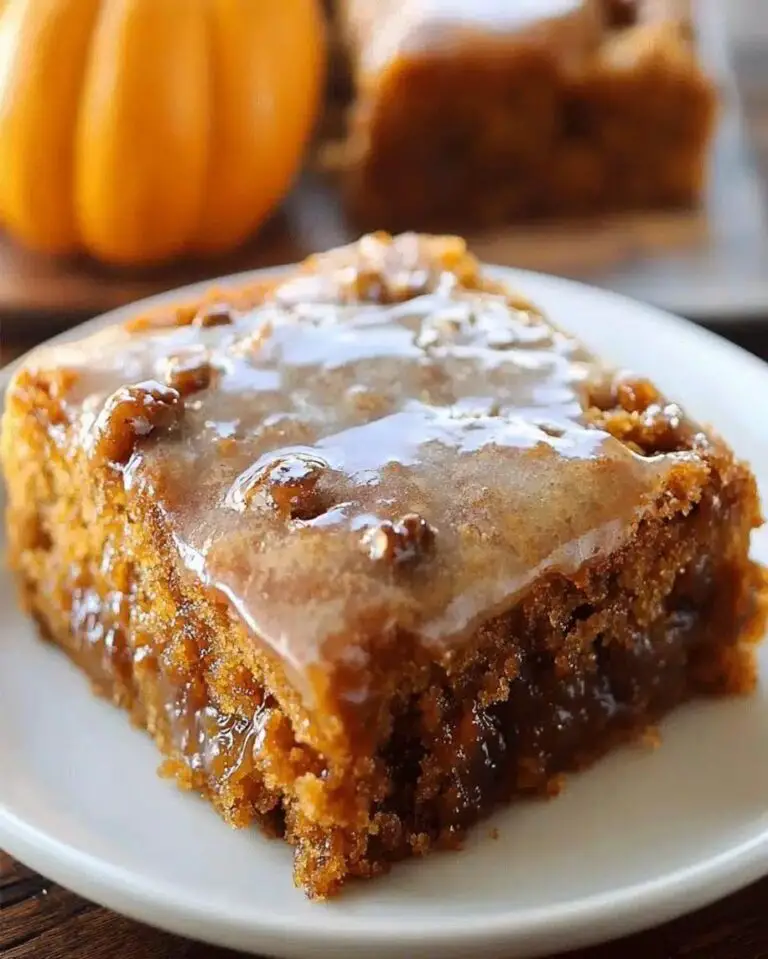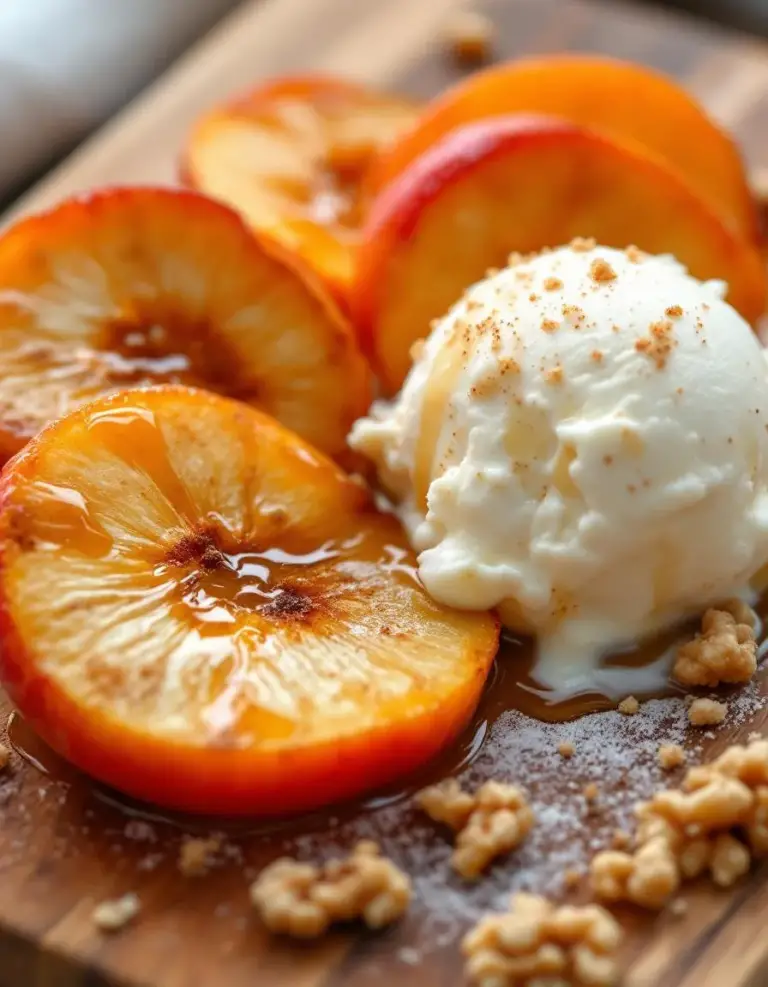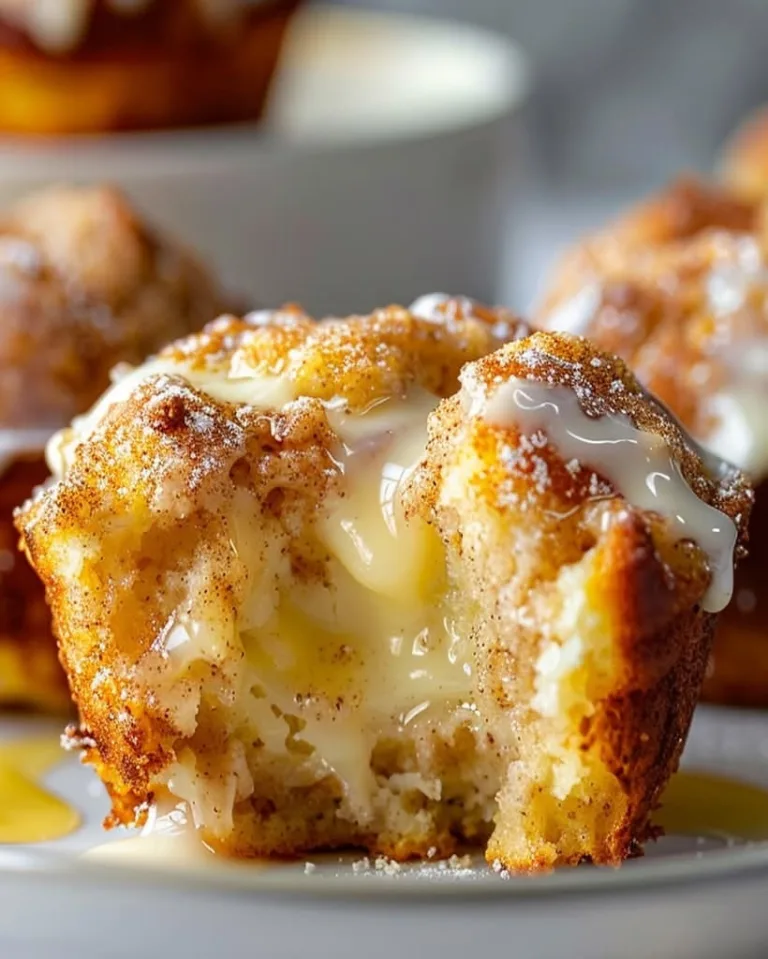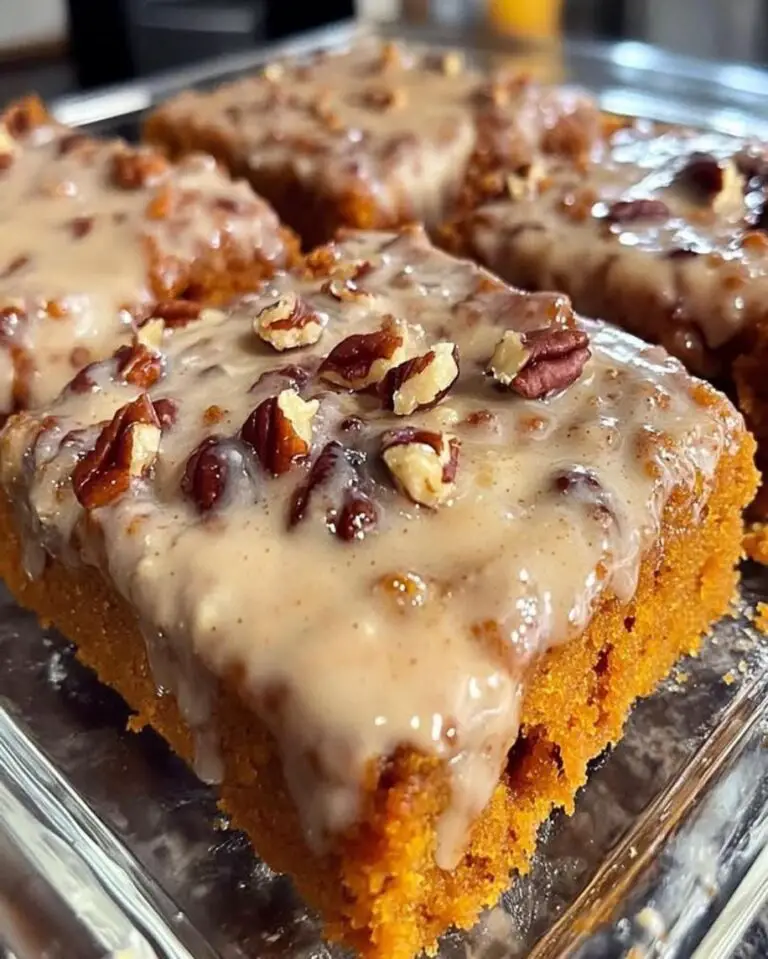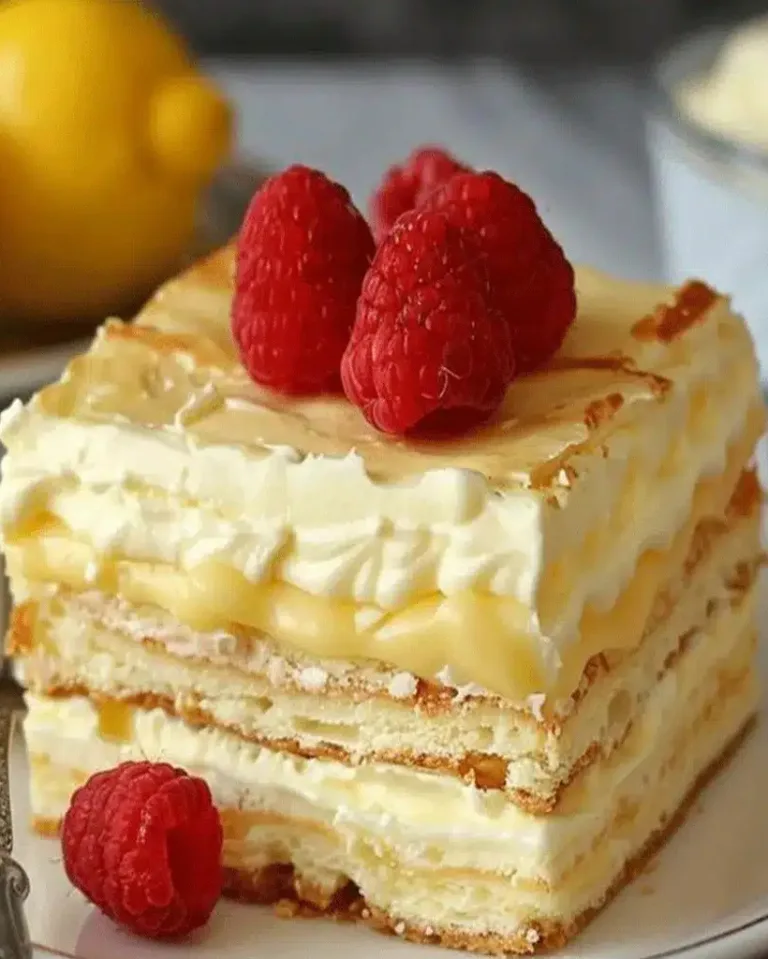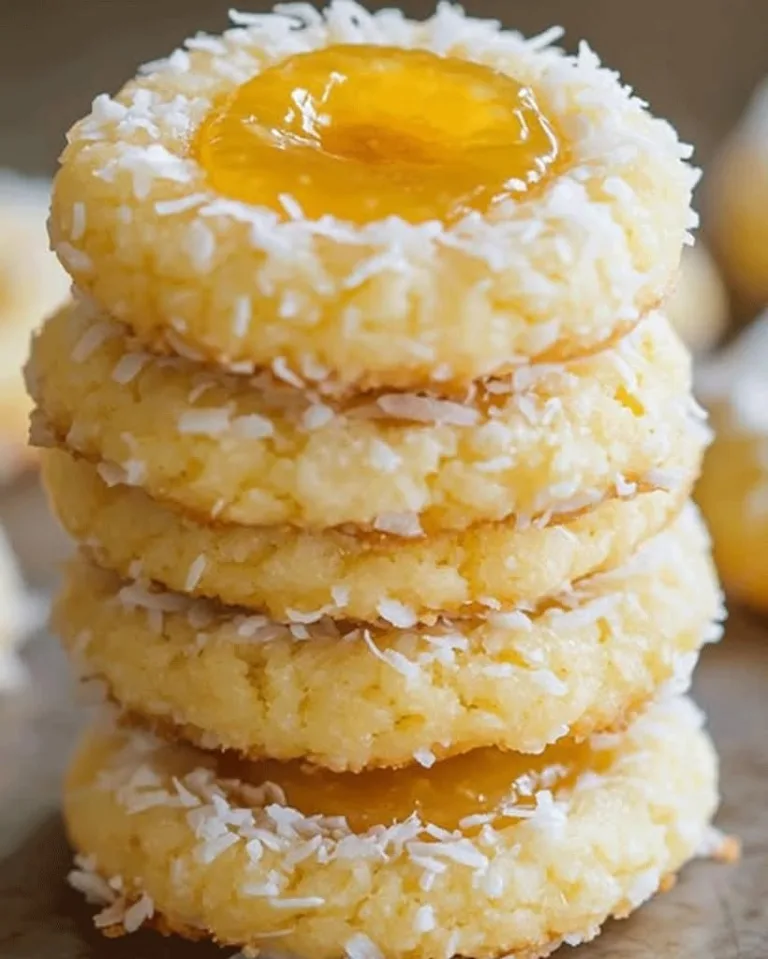Delicious High-Protein Cheesecake Recipe for Healthier Indulgence
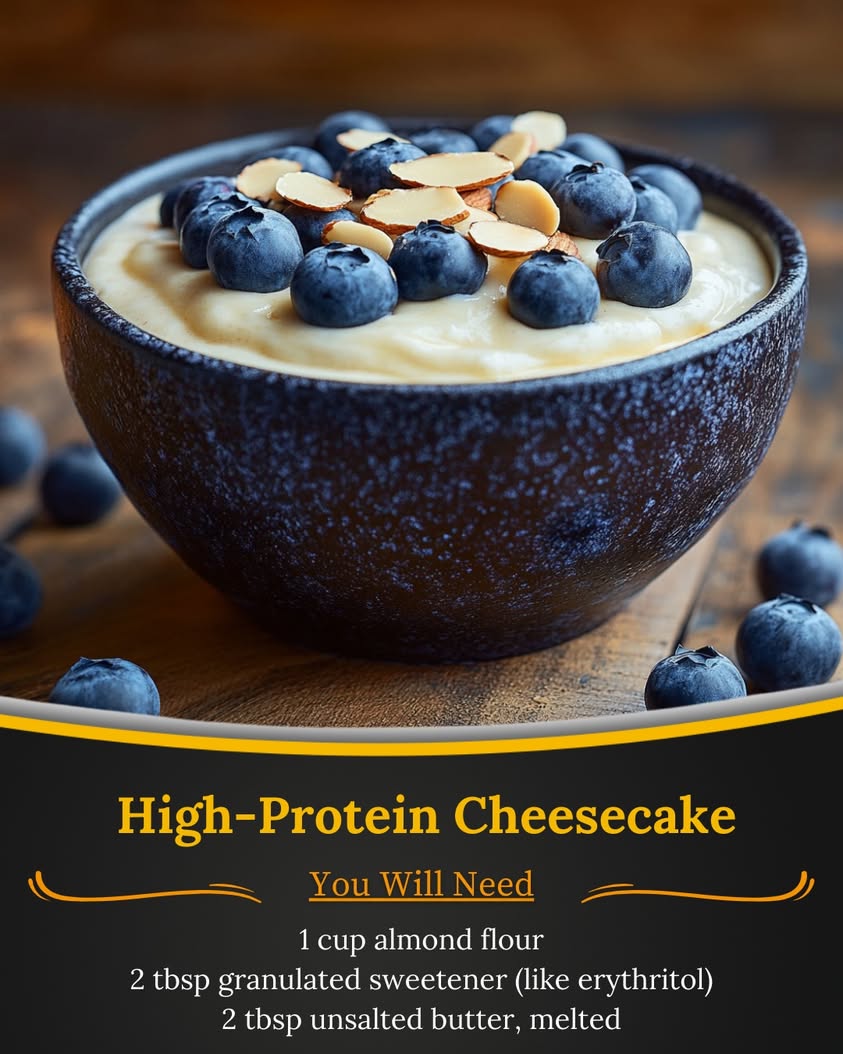
Delicious High-Protein Cheesecake: Your Ultimate Guilt-Free Dessert
Indulge in the rich and creamy delight of our High-Protein Cheesecake, a dessert that not only satisfies your sweet tooth but also enhances your protein intake. This cheesecake is perfect for anyone looking to indulge without the guilt of excess calories. The harmonious balance of flavors, from the slight tang of cream cheese to the sweetness of the honey, creates a symphony of taste that will have you coming back for more. This decadent treat is not just a dessert; it’s a step towards a healthier lifestyle.
The secret to this recipe’s richness lies in the unique combination of high-protein ingredients that maintain a fluffy yet firm texture. With each bite, you will experience the silky smoothness that melts in your mouth, paired with a subtle sweetness that makes it perfect for any occasion. Whether you’re enjoying it as a post-workout treat or serving it at a dinner party, this cheesecake promises to impress.
Quick Recipe Highlights
- Flavor Profile: This cheesecake features a delightful balance of creaminess, sweetness, and a hint of tang, thanks to the cream cheese and Greek yogurt blend.
- Texture: The texture is luxuriously creamy yet firm enough to hold its shape, making each slice a perfect indulgence.
- Aroma: Fresh aromas of vanilla and baked cheese fill the air, enticing everyone to take a bite.
- Visual Appeal: The cheesecake can be topped with fresh fruit or a drizzle of chocolate, adding to its vibrant visual appeal.
- Skill Level Needed: This easy recipe is suitable for beginners and doesn’t require any advanced baking skills.
- Special Equipment: You will need a springform pan to achieve that perfect round shape for your cheesecake.
Recipe Overview
- Difficulty Level: The High-Protein Cheesecake is easy enough for novice bakers. The step-by-step instructions make it accessible for anyone wanting to impress.
- Category: This recipe fits perfectly within the dessert category, suitable for any sweet craving you might have.
- Cuisine: Blending elements of traditional cheesecake with healthier substitutions, this recipe reflects a modern take on classic desserts.
- Cost: The approximate cost to make this cheesecake is budget-friendly, particularly if you purchase ingredients in bulk.
- Season: Enjoy this cheesecake year-round, but it’s especially delightful during holiday gatherings and celebrations.
- Occasion: Perfect for birthday parties, dinner gatherings, or simply as a treat for yourself during the week.
Why You’ll Love This Recipe
You will love the taste and texture appeal of this High-Protein Cheesecake, which manages to be both indulgent and nutritious. Each bite delivers a creamy satisfaction that is reminiscent of traditional cheesecakes but with a healthier twist. The thoughtful blend of cream cheese and Greek yogurt creates a rich experience that leaves you feeling satisfied without the usual heaviness associated with standard desserts.
The convenience of preparation makes this cheesecake a standout recipe. With just a few simple steps, you can mix, bake, and chill, allowing you to enjoy a delicious dessert without spending hours in the kitchen. This is particularly appealing for busy individuals who still want to treat themselves to a delightful dessert.
Nutritionally, the benefits of incorporating high-protein ingredients make this cheesecake stand out. By using Greek yogurt and low-fat cream cheese, you significantly increase your protein intake while reducing the fat content. It’s the perfect choice for those conscious about their health but unwilling to sacrifice taste.
Social gatherings and entertaining your friends and family become easier with this High-Protein Cheesecake. Its sophisticated flavor profile makes it a hit at gatherings, and with its nutritional benefits, it’s a dessert you can feel good about serving to guests.
Cost-effectiveness is another reason to adore this cheesecake. The ingredients are not only affordable but also readily available in most grocery stores, making it accessible to everyone who wants to whip up a delicious treat without breaking the bank.
Historical Background and Cultural Significance
The origin of cheesecake dates back to ancient Greece, where it was often served to athletes during the first Olympic Games. Traditionally, cheesecakes were made using simple ingredients such as cheese, honey, and flour. Over the centuries, the recipe has evolved into numerous variations, reflecting regional tastes and ingredients.
Culturally, cheesecakes hold a special place in many cultures, often symbolizing celebration and togetherness. In the United States, cheesecake has become a staple dessert, especially in New York, where the famously dense cheesecake has earned a reputation for its rich flavor and creamy texture.
With time, the evolution of cheesecake recipes included the introduction of various flavors, toppings, and styles, allowing for endless creativity in the baking process. Today, variations range from fruity to chocolatey and can cater to many dietary preferences.
Regional variations of cheesecake, such as Italian ricotta cheesecake or Japanese soufflé cheesecake, showcase how different cultures have embraced and adapted this classic dessert to fit their culinary traditions while adding unique twists.
Ingredient Deep Dive
Cream Cheese: Cream cheese is the traditional base for cheesecakes, renowned for its smooth texture and rich flavor. It provides a creamy consistency and depth of flavor that complements sweet and tangy desserts alike. Nutritionally, cream cheese adds some fat and calories, so choosing a low-fat variety can be a smart alternative. When selecting cream cheese, check for freshness and opt for blocks rather than pre-spread varieties to ensure a firmer texture in your cheesecake.
Greek Yogurt: Greek yogurt is a nutrient-dense ingredient high in protein and lower in sugar than traditional yogurt. It adds creaminess and a slight tang to the cheesecake while boosting the nutritional profile. When purchasing, look for plain, unsweetened varieties to control the sweetness in your dessert. Greek yogurt is best stored in the refrigerator and should be used by the expiration date for optimal freshness.
Common Mistakes to Avoid
- Overmixing the batter can lead to cracks in your cheesecake. Mix just until ingredients are combined to retain a smooth texture.
- Using cold ingredients instead of bringing them to room temperature can result in a lumpy batter that doesn’t blend well.
- Skipping the water bath can cause the cheesecake to bake unevenly, leading to a dry texture. Always use a water bath for consistent baking.
- Not allowing the cheesecake to cool slowly can lead to shrinkage and cracking as it cools too quickly.
- Failing to chill the cheesecake long enough can result in a soft texture that does not hold its shape well.
- Using an inappropriate size springform pan can affect the cooking time and overall shape of the cheesecake.
- Not adjusting bake time for altitude can lead to undercooked or overly cooked cheesecake. Be mindful of your baking conditions.
- Skipping the parchment paper lining can make it difficult to remove the cheesecake from the pan without breaking it.
Essential Techniques
Baking a cheesecake properly requires mastering the water bath technique. This method is essential as it helps regulate the temperature around the cheesecake, preventing it from baking too quickly and cracking on the surface. To achieve this, wrap your springform pan in aluminum foil to keep water from seeping in, and place it inside a larger pan filled with hot water during baking.
Another key technique is ensuring all ingredients are at room temperature before mixing. Cold ingredients can create lumps and affect the smoothness of your batter. Allow your cream cheese and eggs to warm up for about 30 minutes before you start, ensuring a silky texture throughout.
Pro Tips for Perfect High-Protein Cheesecake
1. Use high-quality ingredients for the best flavor. Fresh cream cheese and yogurt play a crucial role in the overall result.
2. Consider making a berry compote to serve on top for an added flavor dimension and aesthetic appeal.
3. Ensure your cheesecake is fully cooled on the counter before transferring it to the refrigerator to chill.
4. If you love a sweeter cheesecake, adjust the sweetness of the batter progressively, tasting after adding the sweetener.
5. For a dairy-free version, try using cashew-based cream cheese alternatives, which can deliver a similarly rich taste.
6. Always chill the cheesecake for at least 4 hours before slicing to achieve clean, beautiful edges.
7. Keep an eye on the baking time, as every oven is different; use visual cues to help determine doneness.
8. Experiment with flavorings like lemon zest or vanilla extract to personalize your cheesecake further.
Variations and Adaptations
Regional variations of cheesecake can add exciting twists to the classic recipe. For instance, adding matcha powder can provide a unique flavor and beautiful green color, reflecting an Asian-inspired version. Seasonally, include pumpkin puree and spices for an Autumn-inspired cheesecake that captures the flavors of fall.
Dietary modifications can also be made to cater to various preferences. For a gluten-free version, simply use almond flour for the crust instead of traditional graham crackers. Additionally, those looking for a low-carb or keto-friendly option can replace sugar with erythritol or stevia.
For texture modifications, consider incorporating a swirl of fruit puree for a marbled effect that adds both flavor and visual interest. Various toppings, such as chocolate ganache or nuts, can elevate the presentation and crunch of each slice.
Serving and Presentation Guide
Plating a high-protein cheesecake can be beautifully simplistic or elaborately decorative. For an elegant presentation, top with a generous dollop of whipped cream and a sprinkle of fresh berries. Slices can be arranged on a plate with a drizzle of fruit sauce alongside for a vibrant contrast.
Garnishing with mint leaves adds freshness and visual appeal. Experimenting with temperature can also be key—serve the cheesecake slightly chilled for a firmer texture or at room temperature for a creamier mouthfeel. Portion control is essential, especially since this recipe yields multiple servings; consider serving smaller slices to make it more manageable for guests.
Wine and Beverage Pairing
For wine enthusiasts, pairing your High-Protein Cheesecake with a sweet dessert wine can complement the flavors beautifully. A late harvest Riesling offers notes of honey that mirror the sweetness in the cheesecake. Alternatively, a light, sparkling Prosecco can provide refreshing bubbles that contrast the creamy texture.
For non-alcoholic options, pair with a light herbal tea that enhances the flavors without overpowering them. Consider a chamomile tea, known for its calming effects, perfect alongside a piece of cheesecake. Matching temperature to beverage types often delivers the best experience; keeping the wine slightly chilled elevates free talk over dessert.
Storage and Shelf Life
Store your High-Protein Cheesecake in an airtight container in the fridge, where it can last up to 5 days without losing quality. To prevent drying, cover it tightly with plastic wrap or foil if you don’t have a suitable container. The cheesecake is best enjoyed cold, so keep it refrigerated until ready to serve.
For longer storage, consider freezing individual slices; wrap each slice in plastic wrap followed by a layer of aluminum foil to avoid freezer burn. Thaw in the refrigerator overnight before serving, ensuring a fresh-tasting treat. Signs of spoilage include an off smell or discoloration; if in doubt, it’s safest to dispose of it.
Make Ahead Strategies
Preparing your High-Protein Cheesecake ahead of time is a great way to alleviate stress. You can bake it a day or two prior to serving, allowing ample time for chilling and setting. After baking, ensure it cools completely on the counter before refrigerating, where it will need at least 4 hours to firm up.
During the assembly, take time to prepare any additional layer flavors, like fruit sauces or toppings. These can be made in advance and stored in the fridge until serving. Reheating isn’t necessary, but if you prefer it at room temperature, let it sit out for about 30 minutes before slicing for a soft texture.
Scaling Instructions
Adjusting the recipe for larger or smaller servings is straightforward. To halve the recipe, use a smaller springform pan, and modify baking time as it will cook faster. Doubling or tripling requires careful monitoring of baking time and may necessitate using multiple pans.
Always keep an eye on the oven towards the end of the baking process, as even minor time changes can affect the outcome. For large gatherings, consider preparing multiple cheesecakes of different flavors to cater to varied preferences, providing guests an assortment that enhances their dining experience.
Nutritional Deep Dive
Analyzing the nutritional profile of this High-Protein Cheesecake reveals a well-rounded dessert option. Each slice typically contains a healthy balance of macros, including ample protein from Greek yogurt and cream cheese, promoting muscle recovery and satiety.
Micronutrient analysis shows vitamins and minerals like calcium and phosphorus, essential for bone health, can be obtained from dairy-based ingredients. This makes the cheesecake not just an indulgent treat but a snack option that contributes positively to your dietary needs.
When considering portion size, moderation is crucial. Understanding your personal caloric needs can help you navigate portions accordingly, whether on a weight management plan or simply aiming for a balanced diet.
Dietary Adaptations
Catering to various dietary preferences is easy with the High-Protein Cheesecake. For gluten-free versions, substitute the crust with crushed nuts or gluten-free cookies. Dairy-free alternatives can utilize plant-based creams and yogurts that closely resemble traditional textures.
Vegan modifications can involve using aquafaba as an egg substitute and adding in silken tofu for creaminess. Low-carb aficionados can adjust by using a keto-friendly sweetener in place of sugar, ensuring they can enjoy a slice without concern for carb intake.
Should you seek a Paleo option, substitute with nut flours and sweeten naturally using maple syrup or honey. Maintaining balance across dietary adaptations encourages an inclusive dessert enjoyed by many.
Troubleshooting Guide
If you encounter texture issues, such as a watery cheesecake, this may be the result of overmixing or insufficient chilling time. Always ensure proper mixing techniques and allow adequate chilling for the ideal firmness.
Flavor balance can be adjusted during the mixing phase; if the cheesecake leans too sweet, consider incorporating more tangy yogurt and squeezing in a bit of lemon juice for acidity.
Temperature problems can arise if the oven is too hot, leading to cracks. Investing in an oven thermometer can help to ensure correct temperature settings. If issues with ingredient substitutions arise, like a lack of creaminess, blending rich plant-based options may resolve texture concerns.
Timing is crucial—watch your baking times closely to avoid overcooking which can result in dry cheesecake. Plan your baking schedule to allow for enough cooking and cooling time.
Recipe Success Stories
Community feedback on the High-Protein Cheesecake has been overwhelmingly positive. Many have shared stories of serving it at family gatherings and receiving compliments that elevate the enjoyment of home cooking.
Success stories from readers experimenting with variations, such as adding fruit or chocolate swirls, have inspired others to personalize their versions of the recipe to delights that suit their own tastes.
Sharing tips on photography has encouraged others to showcase their creations on social media, leading to a thriving community sharing different interpretations of the recipe. The recipe has become popular not only for its taste but also for the sense of accomplishment shared by those who have mastered the steps.
Frequently Asked Questions
Can I make this cheesecake without a springform pan?
Yes! If you don’t have a springform pan, you can use a regular round cake pan. Just be sure to line the pan with parchment paper to help with removal.
How do I know when my cheesecake is done?
The cheesecake is done when the edges are set and the center is slightly jiggly. It will firm up as it cools.
Can I use low-fat cream cheese?
Absolutely! Low-fat cream cheese works well in this recipe without sacrificing too much flavor.
How long should I let the cheesecake cool?
Allow the cheesecake to cool in the pan for at least 1 hour before chilling it in the fridge for a minimum of 4 hours or overnight for the best results.
Can I freeze the cheesecake?
Yes, you can freeze slices of the cheesecake. Wrap them tightly and store them in an airtight container. It can last up to 2 months in the freezer.
What can I use instead of Greek yogurt?
If you don’t have Greek yogurt, you can use regular yogurt or even sour cream in a pinch to achieve a similar creamy texture.
Is this recipe suitable for diabetics?
With some adjustments, this cheesecake can be made diabetic-friendly by using sugar substitutes and adjusting the carbs from the crust and sweeteners.
Can I add fruit to the batter?
Yes, you can fold in fresh berries or pureed fruit for added flavor right before pouring the batter into the pan.
What toppings pair well with this cheesecake?
Fresh fruit, chocolate ganache, whipped cream, or a berry compote are all excellent choices to enhance your cheesecake.
How should I store leftovers?
Store leftovers in the fridge in an airtight container for up to 5 days. Make sure to keep it covered to maintain its freshness.
Additional Resources
Looking for related recipes? Check out our collection of healthy desserts that includes fruit tarts and protein-packed muffins. Additionally, if you’re interested in mastering more baking techniques, we offer guides on pie crusts and cake decorating essentials.
For more ingredient information, our blog features a series on common baking ingredients—perfect for understanding what you need and why. Finally, don’t forget to explore our seasonal variations, where you can find recipes that incorporate fresh seasonal produce to elevate your cooking experience.
Join the Conversation
We’d love to hear your thoughts on this High-Protein Cheesecake! Share your creations on social media and tag us, or leave a review to help others find this delicious recipe. Don’t forget to share any variations you’ve tried or your tips for perfecting the cheesecake. Engaging with our community not only enriches our recipe base but also inspires others to get creative in the kitchen!
The Recipe
High-Protein Cheesecake
Serves: 8 servings
Prep Time: 15 mins
Cook Time: 45 mins
Total Time: 60 mins
Kitchen Equipment Needed
- Springform pan
- Mixing bowl
- Electric mixer
- Measuring cups and spoons
- Spoon or spatula
Ingredients
- 16 oz cream cheese, softened
- 1 cup Greek yogurt
- 3/4 cup honey or sweetener of choice
- 3 large eggs
- 1 tablespoon vanilla extract
- 1 cup graham cracker crumbs (or crust of choice)
- 1/4 cup melted butter
Directions
- Preheat your oven to 325°F (160°C).
- In a mixing bowl, combine graham cracker crumbs and melted butter, then press into the bottom of the springform pan to create the crust.
- In another bowl, blend the cream cheese until smooth, then add in Greek yogurt, honey, eggs, and vanilla extract; mix until combined and creamy.
- Pour the cheesecake batter over the prepared crust, smoothing out the top.
- Bake in the preheated oven for 45 minutes or until the edges are set and the center is slightly jiggly.
- Turn off the oven, crack the oven door slightly, and allow the cheesecake to cool in the oven for about 1 hour.
- Once cooled, refrigerate for a minimum of 4 hours or overnight before serving.
Recipe Notes
- For a gluten-free crust, substitute graham crackers with almond flour or gluten-free cookies.
- Top with fresh berries or a fruit compote for added flavor and visual appeal.
- Store any leftovers in the fridge for up to 5 days in an airtight container.

